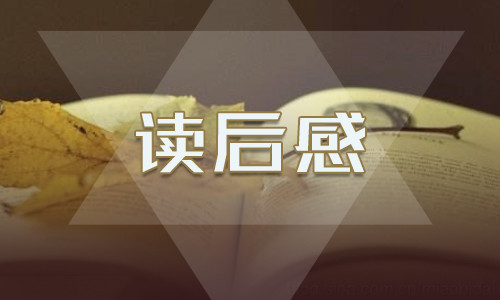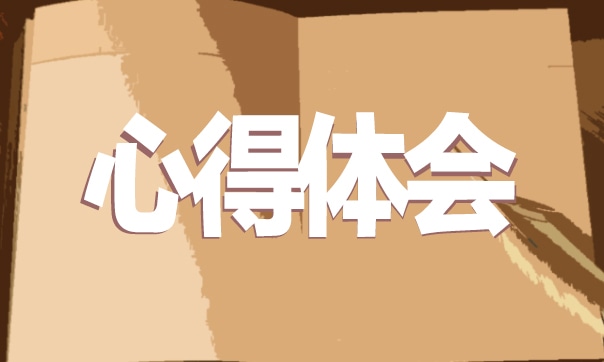京翰教育http://www.zgjhjy.com
时态与语态.
一、一般现在时:
1,概念:经常、反复发生的动作或行为及现在的某种状况。 2,时间状语:
always, usually, often, sometimes, seldom, every week (day, year, month…), once a week, on Sundays(=every Sunday) , etc.
3.基本结构:①主语+be动词;②主语+行为动词 否定形式:①am/is/are+not;
②此时态的谓语动词若为行为动词,则在其前加don't,如主语为第 三人称单数,则用doesn't,同时还原行为动词。
一般疑问句:①把be动词放于句首;②用助动词do提问,如主语为第三人称单数,则用does,同时,还原行为动词。 4,考点:
(1)一般现在时考点分析
①表示客观事实、客观规律和客观真理谚语格言等(不受时态限制)
The geography teacher told us the earth moves around the sun. Water boils at 100oC. He said that the earth turns round the sun. Actions speak louder than words.
②表示经常发生、习惯性的动作,与 every day, usually, once a week 等时间状语连用。 He goes to school on foot everyday.
We always care for each other and help each other. ③表示知觉、态度、感情、某种抽象的关系或概念的词常用一般现在时:see、hear、smell、taste、feel、notice、agree、believe、like、hate、want、think、belong seem等。如: I know what you mean. Smith owns a car and a house.
All the students here belong to No.1 Middle School.
④在when 引导的时间状语从句和if引导的条件状语从句中常用一般现在时代替将来时。注意,此时,主句用将来时态,从句用一般现在时态表示将来。但要注意由if 引导的条件状语从句中可以用shall或will表“意愿”,但不表示时态。 If it is fine tomorrow, we will go to the countryside
二、一般过去时:
㈠概念:过去某个时间里发生的动作或状态;过去习惯性、经常性的动作、行为。
㈡时间状语:ago, yesterday, the day before yesterday, last week(year, night, month…), in 1989, just now, at the age of 5, one day, long long ago, once upon a time, etc.
初中英语辅导网 www.jhyingyufudao.cn
京翰教育http://www.zgjhjy.com
㈢基本结构:
肯定式:主语+动词的过去式
I wanted to watch animals in the zoo. They took his son to the cinema. 否定式:主语+didn’t+动词原形
I didn’t have his telephone number
否定形式:①was/were+not;②在行为动词前加didn't,同时还原行为动词。 一般疑问句:①was或were放于句首;②用助动词do的过去式did 提问,同时还原行为动词。
. 一般疑问句:特殊疑问词+did+主语
What sport did she play yesterday?
一般过去时没有人称及数的变化
二. .一般过去时的基本用法:(考点与一般现在完成时比较讲解)
1]表示过去的事情、动作或状态常与表示过去具体的时间状语连用(或有上下文语境暗示);用于表达过去的习惯;表示说话人原来没有料到、想到或希望的事通常用过去式。如: I met her in the street yesterday.
I once saw the famous star here. They never drank wine. I thought the film would be interesting,but it isn’t.
②如果从句中有一个过去的时间状语,尽管从句中的动作先于主句发生,但从句中的谓语动词连用过去式。
如: He told me he read an interesting novel last night.
③表示两个紧接着发生的动作,常由以下词语连接,用一般过去时。如:but, and, when, as soon as, immediately, the moment, the minute。
The moment she came in, she told me what had happened to her.
1示过去某时发生的动作或存在的状态.(常与其连用的时间状语有:yesterday ,the day before yesterday ,a moment ago ,just now ,in May, in 1999,last night/week/month/year ,once ,one day ,before? at the age of 18,when she was five?等) e.g.)He was a soldier two years ago. They had a baby last month.
2. 表示过去经常或反复发生的动作或行为(never ,often ,always) e.g.)They didn’t pass the ball often enough.
He always took off his shoes and threw on the floor.
3. 根据时态一致,在宾语从句中用一般过去时代替一般现在时
e.g.)She asked weather they needed some more tea.(瞬问的动作是过去,”需要”指现在) He said that there wasn’t time to go to the city century. 过去了 现在 4. 用于since从句,(主句的谓语动词为现在完成时,其后since从句为一般过去式) He has worked there since it opened in 1989. It has been two days since I came back.
5. 由于when,while,before,after,whenever等引导的表示过去时间的状语从句常用过去时. e.g.)The boy began to go to school when he was five. They lived there before they came to China.
初中英语辅导网 www.jhyingyufudao.cn
京翰教育http://www.zgjhjy.com
6. 有些情况和事件,发生的时间不很清楚,但实际已发生,应当用过去时态. Look at the the bags.They came. Five people died in the traffic accident. 特殊用法的角度
1. 在时间,条件状语从句中表示过去将来的动作.
If we won the match,we would be top. 2. 一般过去时形式上为过去时,实指现在 I didn’t know you were there.(刚才不
三一般将来时
概念:表示将要发生的动作或存在的状态及打算、计划或准备做某事。
时间状语:tomorrow, next day(week, month, year…),soon, in a few minutes, by…,the day after tomorrow, etc.
基本结构:①am/is/are/going to + do;②will/shall + do.
否定形式:①was/were + not; ②在行为动词前加didn't,同时还原行为动词。 一般疑问句:①be放于句首;②will/shall提到句首。
二:从基本用法的角度:
1) 表示在将来某一时间要发生的动作或状态,常与表示将来的时间状
tomorrow, the day after tomorrow, next Tuesday, in five minutes, some day, in the future, next year.
(eg.)Will you be free tonight?
We will know the result tomoorrow. I’m sure I won’t lose my way. They will get married next May Day. 2) 其他表示将来时的结构
1〉 be going to(表示说话者明确的打算
肯定形式:主语+will+动词原形/
主语+ Am/is /are +going to 动词原形
否定形式:都是在will/am/is /are这些助动词后加not即可。 一般疑问的形式: 把助动词will/am/is /are 提前。
2〉be to do(表示安排好了要在将来做的事);
3〉be about to do(表示就要发生的事,句中不能用表示动作发生时间的状语) 4〉一般现在时表将来(限于某些动词,如leave, finish)
5〉现在进行时表示将来时(限于某些动词,表示按计划安排要发生的事,如: take, have ,leave)He’s leaving school in on year’s time.他一年后就要毕业 3)一般将来时考点分析。
①表示未来的动作或状态常用will / shall + 动词(常与表示将来的时间状语边用如tomorrow、next week等)。
初中英语辅导网 www.jhyingyufudao.cn





